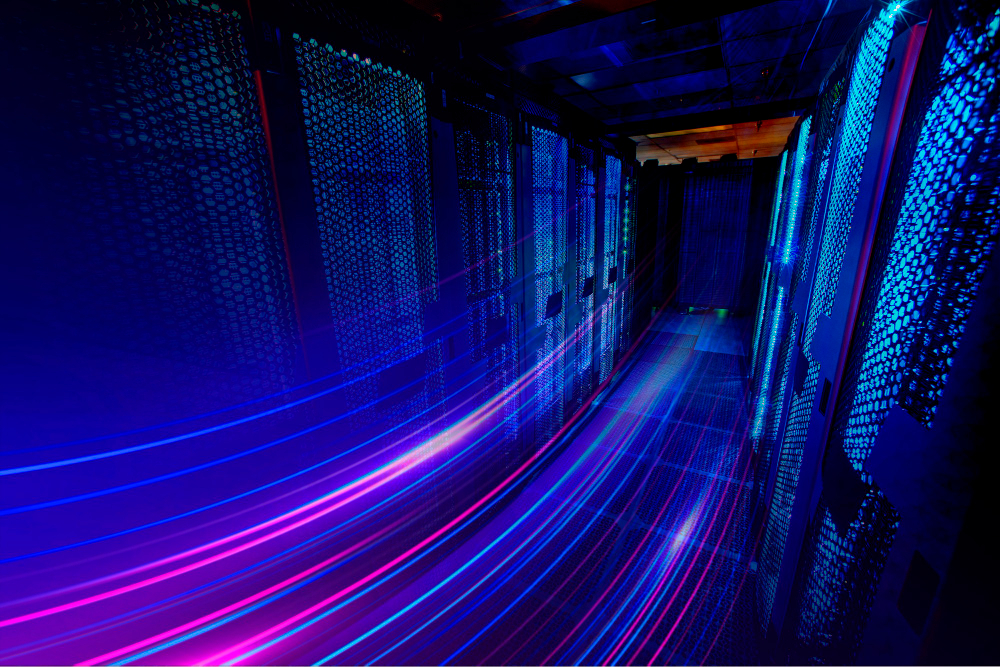An IP (Internet Protocol) address allows devices to communicate over the internet or private networks. Each device gets a unique IP address, which acts as its identifier. The internet has evolved, bringing two major versions of IP addresses: IPv4 and IPv6. IPv4 has been the standard for years, but its limited address supply created the need for IPv6. This newer version provides a more scalable and secure solution, ensuring that platforms like Telepati Meeting and companies such as Tohjiwa Teknologi can continue delivering seamless connectivity.
IPv4 (Internet Protocol version 4) uses a 32-bit address format, supporting about 4.3 billion unique addresses. However, the rapid growth of internet-connected devices has exhausted many IPv4 addresses. To solve this issue, engineers developed IPv6. What is IPv6? It is the latest version of the Internet Protocol, using a 128-bit address format. This upgrade expands the available address space and enhances security, efficiency, and modern networking support. As a result, IPv6 is crucial for the future of the internet, ensuring services like Telepati Meeting can handle high user demand with lower latency.
What is IPv6 beyond just more addresses? It also improves routing, supports auto-configuration, and eliminates the need for network address translation (NAT). IPv6 simplifies the network structure and reduces complexity for IT teams. As a result, businesses can operate more efficiently, and end-users experience fewer interruptions. Tohjiwa Teknologi, in its mission to innovate digital infrastructure, actively supports IPv6 adoption as part of its long-term technology roadmap.
For any business or service provider, the question is no longer what is IPv6, but rather when will you transition to it. The global demand for uninterrupted, high-speed connectivity makes IPv6 essential. Organizations that fail to migrate will face increasing limitations in scalability and service quality. Adopting IPv6 today means investing in a secure, flexible, and future-ready digital environment.
